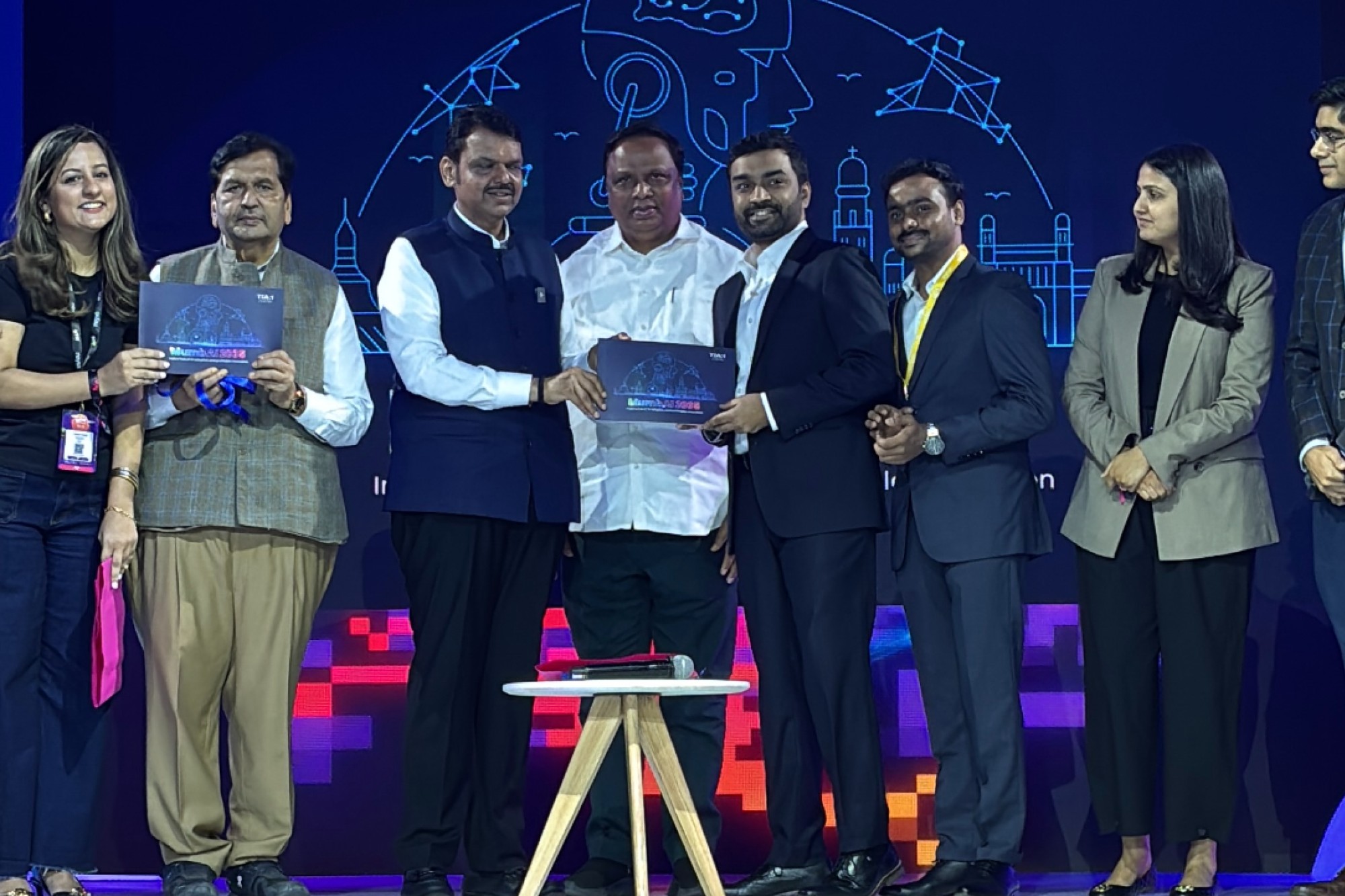Latest advancements in sensors, AI, and connectivity for manufacturing and logistics
By OEM Update Editorial November 30, 2023 1:52 pm IST
Upendra Vanarase, Managing Director, TRIO Motion, provides insights into how AI, robotics, and automation technologies reshape manufacturing and logistics, offering efficiency, sustainability, and improved operations.
How are OEMs leveraging AI-driven analytics to enhance production efficiency and boost competitiveness in the manufacturing landscape?
AI-powered advanced algorithms analyse extensive datasets to anticipate bottlenecks, optimise workflows, and forecast maintenance needs. These approaches surpass reactive approaches by reducing downtime, improving resource utilisation, and enhancing overall production efficiency. Real-time monitoring enables swift responses to deviations, averting costly disruptions.
Moreover, AI algorithms can adapt and learn from historical data, refining predictions for heightened accuracy. OEMs leverage AI-driven analytics for enhanced production efficiency, reduced costs, and amplified competitiveness in modern manufacturing. Our PC-MCAT-2 facilitates Windows-based machine control, IoT connectivity, and AI algorithm implementation on a single controller for machine builders, enabling seamless integration of high-performance servo or robotic motion control.
In what ways do AI algorithms enhance inventory management and mitigate supply chain disruptions?
After the recent pandemic-induced disruptions, effective inventory management has become a crucial requirement for factories and OEMs grappling with component shortages. AI algorithms offer a solution by analysing historical data, market trends, and external factors to forecast demand precisely. This facilitates dynamic adjustments in reorder times and quantities, optimising inventory levels, minimising surplus, and cutting costs.
Furthermore, these AI-driven systems bolster supply chain resilience by identifying potential disruptions and proposing alternative sourcing strategies. Real-time monitoring and automated decision-making enable swift responses to demand fluctuations or unforeseen events, averting stockouts and ensuring a seamless supply chain.
What roles do government entities and industry associations play in contributing substantial support towards fostering a more sustainable future?
Governments and industry groups actively support OEMs and factories adopting technology by offering financial incentives, research funding, and policy structures. These initiatives promote eco-friendly advancements such as 3D printing, advanced robotics, and smart automation. Industry associations collaborate with manufacturers to establish and promote optimal practices, promoting a sustainability-driven ethos. These technological advancements boost production efficiency and diminish environmental footprint by reducing waste, energy consumption and carbon emissions. This collaborative push aims to transform manufacturing, paving the way for a more sustainable and resilient future.
OEMs and factories extensively use AI, ML, and IIoT technologies to enhance product quality. They are increasingly adopting robotic and collaborative robot systems to streamline operations and augment precision while reducing human labour. Consolidating automation into a unified system is a growing trend among OEMs, aiming to simplify complexities. Modern robotics integrates machine learning algorithms for improved accuracy and efficiency in tasks spanning assembly to quality assurance.
Predictive maintenance algorithms proactively identify potential machinery issues, minimising downtimes and optimising operational efficiency. Additionally, these entities are exploring cloud solutions that seamlessly integrate with their automation systems, enabling access to various cloud-based solutions.
How are OEMs and factories leveraging AI, ML, IIoT, and robotics to transform manufacturing processes and product quality?
AI algorithms enable real-time decision-making and adaptation to dynamic scenarios, fostering improved efficiency, precision, and adaptability in diverse industries. Integrating AI and robotics enhances operational effectiveness and safety, particularly in navigating intricate environments. AGVs are also deployed in factory logistics and warehousing. Adopting motion-first concepts in manufacturing facilitates smooth data interchange and the integration of AI and ML algorithms for complex motion-related tasks.
What role does access to field data play in facilitating real-time monitoring of field assets?
Utilising sensors within control systems facilitates data collection, which factories aim to transform into actionable insights through advanced analytics. Seamless connectivity to IT or cloud platforms is crucial for real-time monitoring, with 5G further boosting connectivity speeds. Access to field data is the primary factor enabling real-time monitoring of assets in the field.
What advantages do AMRs and AGVs offer in enhancing manufacturing and logistics operations?
Utilising advanced sensors and AI algorithms, AMRs enhance the intelligence of AGVs, elevating their efficiency and intelligence. AGVs and AMRs find applications in logistics and warehouses, replacing manual handling with autonomous operations. This transition diminishes safety risks, enhances workplace conditions, and streamlines operations on the factory floor.
Cookie Consent
We use cookies to personalize your experience. By continuing to visit this website you agree to our Terms & Conditions, Privacy Policy and Cookie Policy.
















